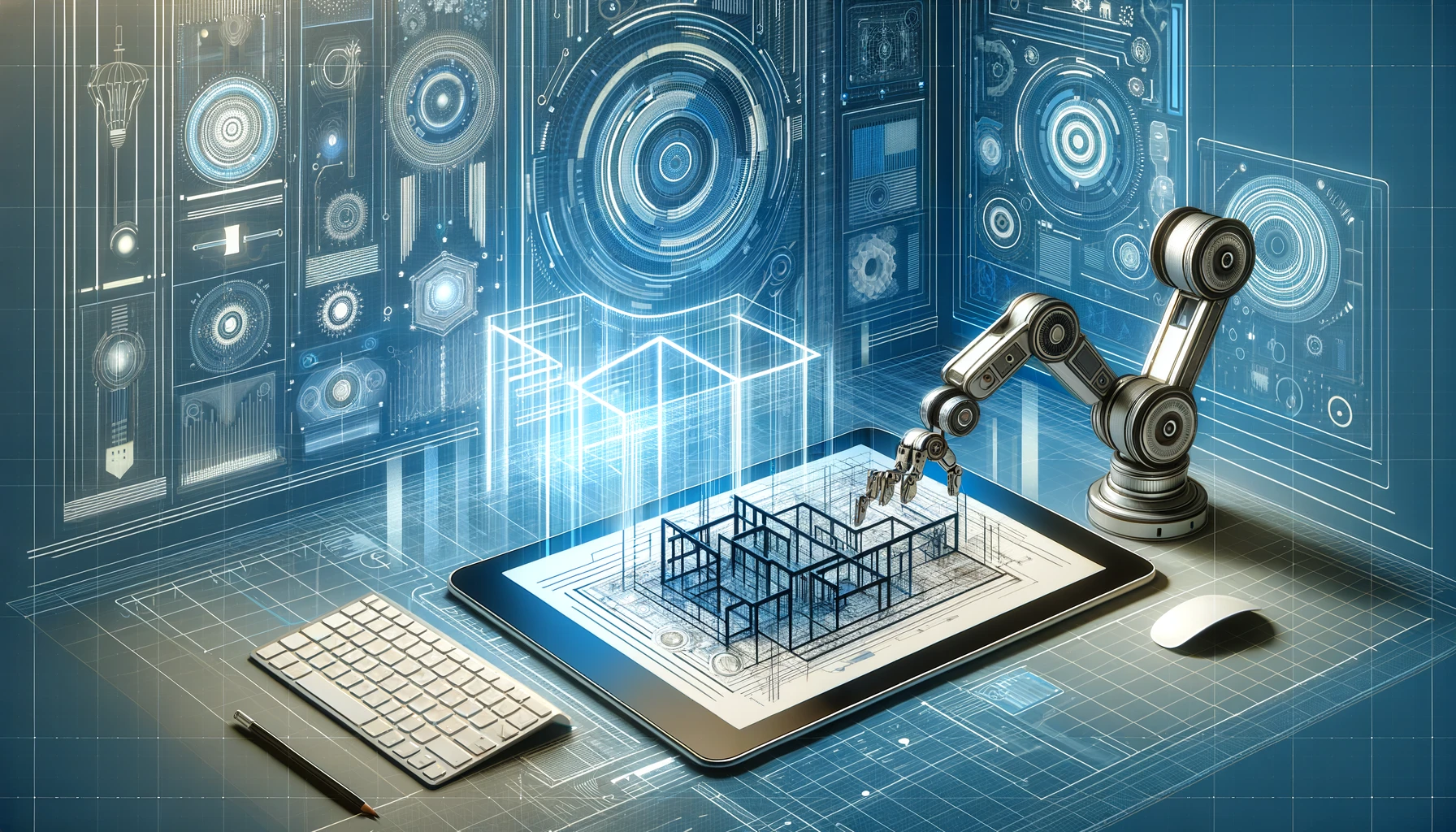Introduction
In an era dominated by 3D modeling and advanced visualization techniques, it’s easy to overlook the enduring importance of 2D drawings in design. However, with the integration of AI and automation, 2D drawings are experiencing a resurgence, becoming more powerful and relevant than ever before. This article explores how these technologies are transforming the way architects, engineers, and designers create and use 2D drawings, ensuring they remain a crucial part of the design process.
The Resilience of 2D Drawings
Despite the rise of 3D modeling, 2D drawings remain indispensable. They offer clarity, simplicity, and precision that are sometimes difficult to achieve in a 3D environment. Whether it’s for construction documentation, regulatory approvals, or design communication, 2D drawings provide a straightforward way to convey essential information.
AI-Driven Design Automation
AI is automating many aspects of 2D drawing creation, from generating standard views to automatically applying dimensioning and annotations. This automation not only speeds up the design process but also reduces errors, ensuring that the final drawings are both accurate and consistent. Tools like AutoCAD and Revit are increasingly integrating AI features that can predict design needs and suggest optimizations, making the process more intuitive and efficient.
Smart Libraries and Component Automation
Modern design software now includes AI-powered libraries of components that automatically adapt to the specific requirements of a project. For example, when placing a door or window in a 2D plan, the software can automatically adjust the surrounding elements, ensuring everything fits perfectly. This level of automation minimizes the need for manual adjustments and accelerates the design process.
Enhanced Collaboration and Communication
AI is also improving collaboration on 2D drawings. Cloud-based platforms allow multiple stakeholders to work on the same drawing simultaneously, with AI helping to resolve conflicts and integrate changes smoothly. This ensures that all team members are always on the same page, reducing the chances of miscommunication and costly revisions.
Predictive Analysis and Error Detection
One of the most significant advantages of AI in 2D drawings is its ability to predict potential issues before they become problems. AI algorithms can analyze a drawing and identify conflicts, such as overlapping elements or incorrect dimensions, allowing designers to correct these issues early in the process. This predictive capability is invaluable for maintaining the quality and integrity of the design.
The Role of Automation in Drafting Standards
Automation is also playing a crucial role in enforcing drafting standards. AI can automatically apply industry or company-specific standards to 2D drawings, ensuring that all documentation adheres to the required guidelines. This not only improves the quality of the drawings but also simplifies the approval process with clients and regulatory bodies.
The Future of 2D Drawing Tools
As AI and automation continue to evolve, we can expect even more sophisticated 2D drawing tools. Future developments may include AI that can learn a designer’s preferences and style, automating routine tasks while allowing for greater creative freedom. Additionally, as machine learning algorithms improve, they will be able to handle increasingly complex design tasks, further integrating 2D drawings into the broader BIM (Building Information Modeling) ecosystem.
Conclusion
The integration of AI and automation into 2D drawings is revolutionizing the way designers work. By automating routine tasks, enhancing collaboration, and improving accuracy, these technologies are ensuring that 2D drawings remain a vital part of the design process. As these tools continue to develop, they will only become more powerful, offering new opportunities for innovation and efficiency in the design industry.
